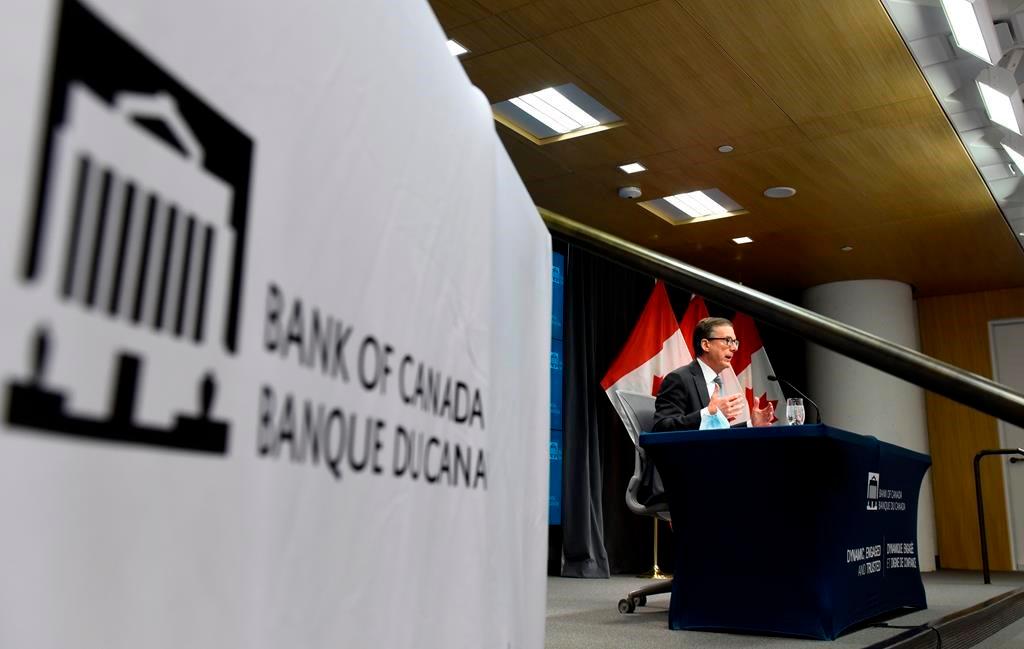The high inflation bout affecting Canadians is neither transitory nor mostly tied to a global phenomenon, but instead the product of domestic monetary and fiscal policies, two economics experts told the House finance committee on March 21.
“Inflation is indeed a global problem, but our inflation problem is very much made at home here in Canada,” testified Vivek Dehejia, associate professor of economics and philosophy at Carleton University.





